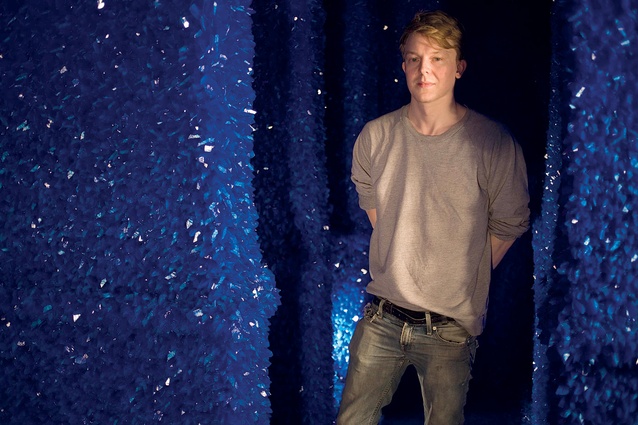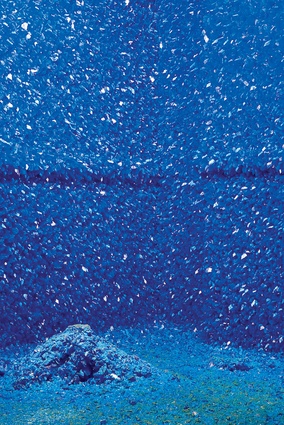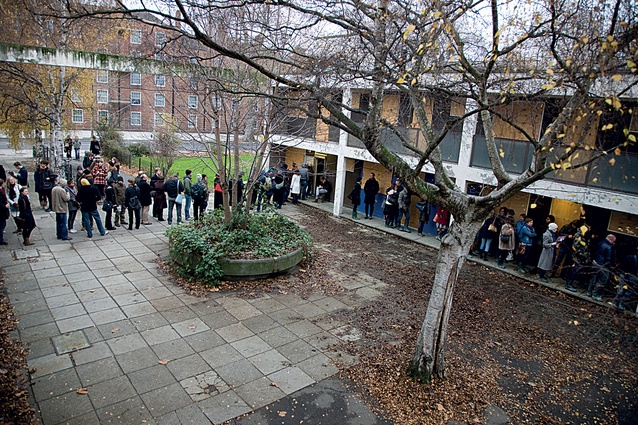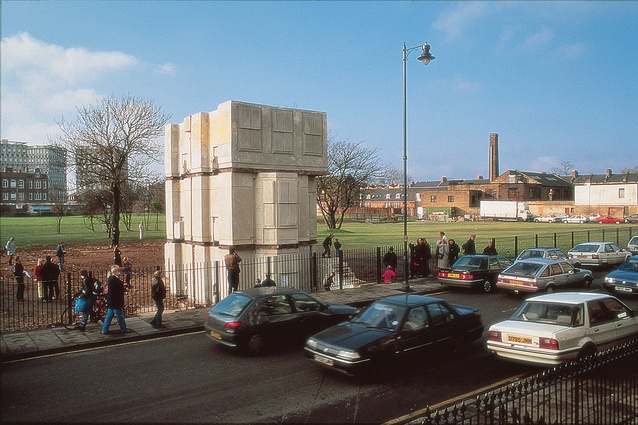Contemporary Crystal Grotto
In 2008, British sculptor Roger Hiorns transformed an empty ground-floor council flat, in a condemned two-storeyed modernist block in Southwark (London), into a ravishingly blue grotto. The logistics of strengthening the flat’s structure with a steel armature and then pumping 75,000 litres of hot, super-saturated copper sulphate solution into it were complex. It would be interesting to know the council’s initial reaction on receiving the project’s planning application. The solution cooled slowly over a period of a month, during which Hiorns anticipated that crystals of copper sulphate would form on the flat’s interior surfaces, although this was not guaranteed. When the less-concentrated solution was pumped out, the result was revealed as a hauntingly beautiful, if slightly menacing, crystalline grotto. Inorganic chemistry had triumphed. In 2008, and again in 2009, small groups of visitors donned rubber boots and sloshed through the remaining slurry, marvelling at how the variously sized, multifaceted crystals, encrusted on the walls, the ceiling, exposed pipes and even an enamel bath, reflected artificial light. Hiorns was short-listed for the 2009 Turner Prize, which went to another artist.
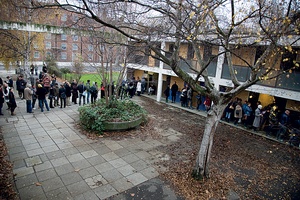
Seizure was commissioned jointly by the arts charity Artangel and the Jerwood Charitable Foundation. Two decades earlier, Artangel had commissioned another British sculptor, Rachel Whiteread, to make a solid concrete cast of the inside of a Victorian terraced house for installation on the site of the demolished terrace. House, completed in 1993, won Whiteread the Turner Prize that year but was controversially demolished in 1994. Volumetrically, Seizure was the opposite of House. Whiteread’s monolithic cast turned the terraced house inside out, with its fireplaces bulging externally, for public inspection of its austere beauty. Hiorns’ crystalline encrustations reduce the flat’s interior spaces claustrophobically, creating a sculpture that the public enters cautiously in order to appreciate its beauty. Artangel and Hiorns were determined to preserve Seizure for posterity and facilitated its acquisition for the British Council collection. In 2011, it was extracted from its surrounding flats, stabilised and eventually transported to the Yorkshire Sculpture Park on an initial 10-year loan.
In Yorkshire, spectators’ experiences of Seizure potentially differ from those who experienced it in London, where entrance to the flat was directly from a grittier urban environment. There, the work was perceived by some commentators as reflecting on the failure of modernism and social housing to live up to their promises, or on hubris before the economic bubble burst. In its new parkland setting, the work is ‘framed’ differently, presented in and protected by an unobtrusive concrete structure designed by the UK architect Adam Khan, which functions as a threshold for visitors. “If you think of the tradition of landscape and the grotto and what the picturesque means to people in England, I think Seizure has the potential to be just as critical in its new situation,” says Khan. “It has the potential for the sublime here – entailing menace and fear and awe of nature as well as the political critique that the original 18th-century grottos had.”
For further information about Seizure, visit ysp.co.uk. An interesting film about the project, including interviews with Hiorns and Khan, can be viewed on The Guardian newspaper website at bit.ly/1bsRAbx

